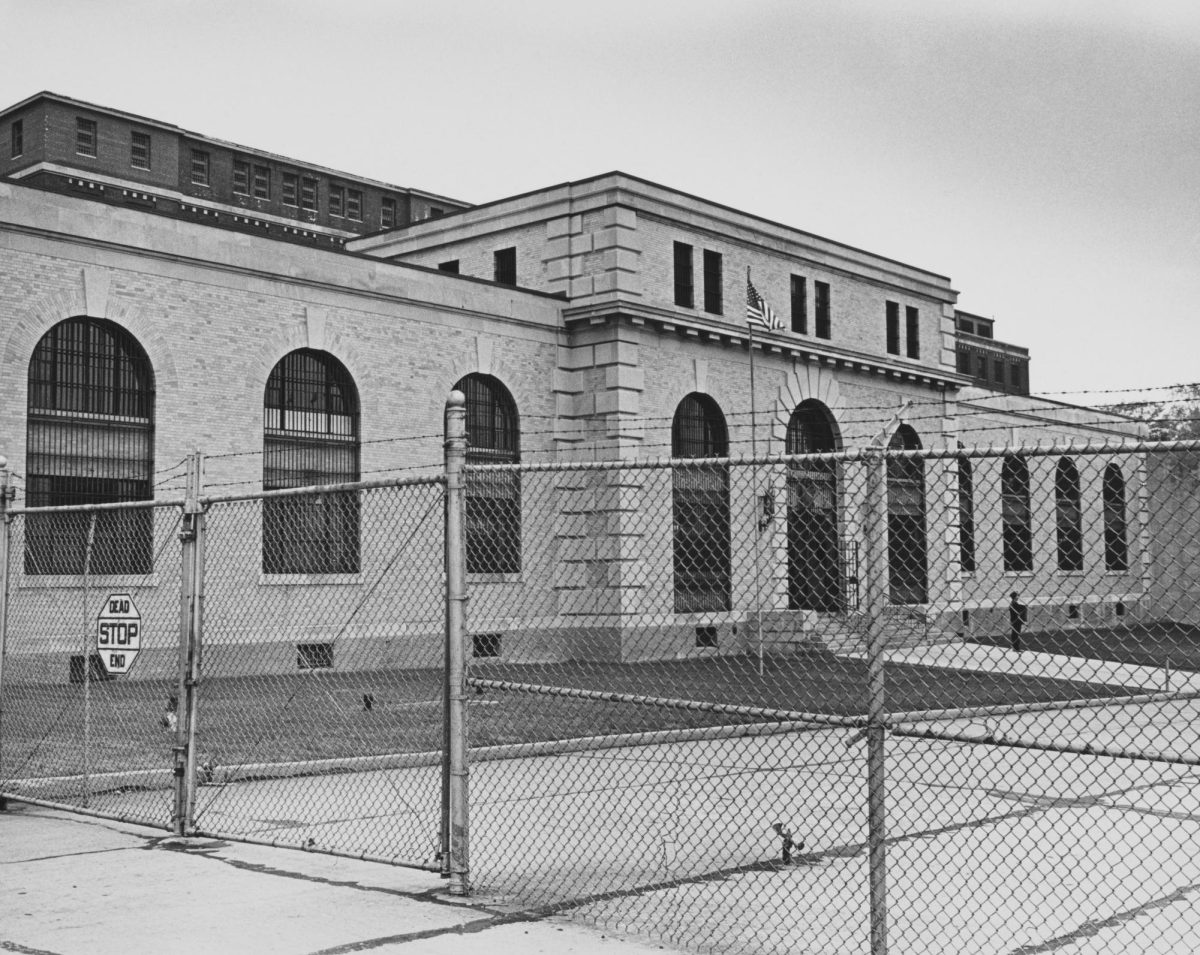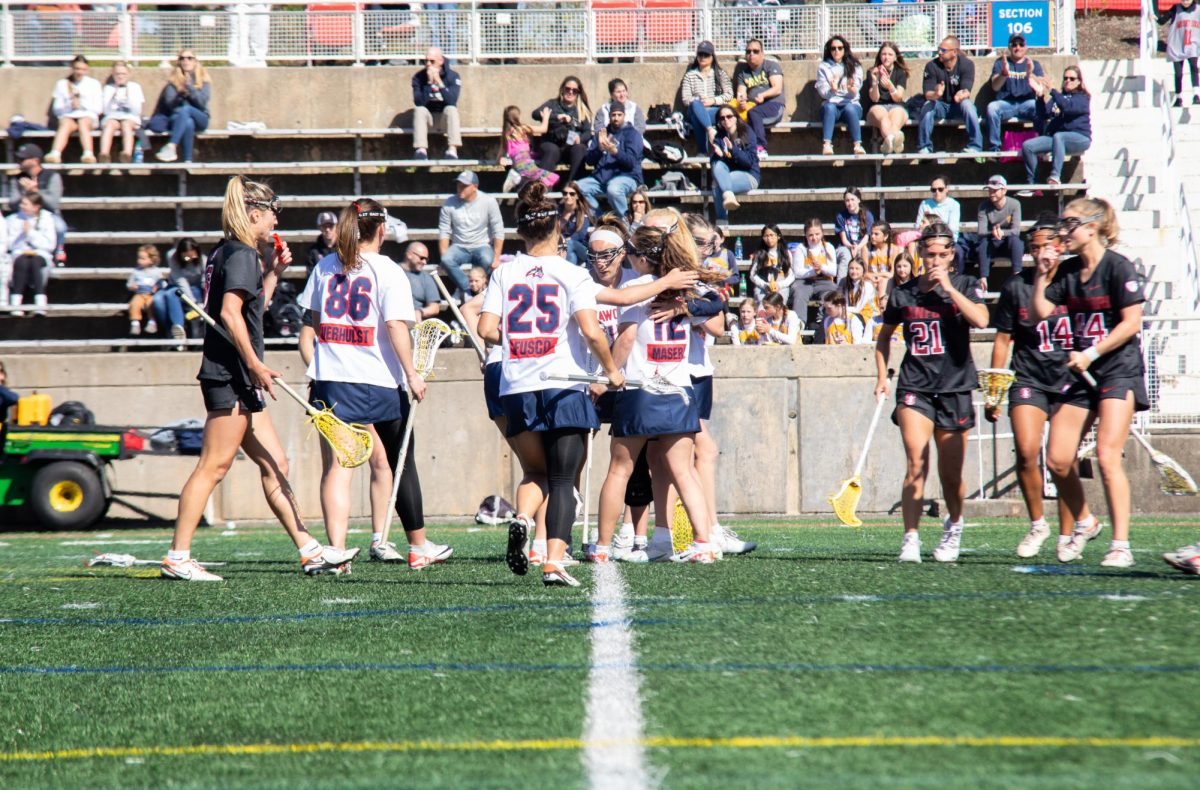In the first of a Provost’s Lecture series in response to the magnitude 9.0 earthquake that devastated Japan earlier this month, Stony Brook’s Department of Geosciences, Dan Davis, addressed a large audience about the earthquake in Japan: what happened and why?
There was quite a large turnout for the first of three installments, which was held in Javits Lecture Center. There was not enough seating available for everyone who attended; though, demonstrating an enthusiastic and genuine interest for what is occurring in Japan.
Davis, whose research focuses on the mechanics of convergent plate boundaries, explained the technical features that contributed to the disaster in Japan.
“Over the past couple of weeks the whole world has watched in concern, as Japan is struggling to cope with a linked set of crises, originating from a magnitude nine earthquake on March 11 off shore of Northern Honshu,” Davis said. “The problems facing Japan today are a combination of effects of that earthquake, followed by the resulting tsunami, followed by the nuclear crisis created by both the shaking and the flooding.”
He labeled this crisis as a “triad of misery.”
“It seems like a bit of an odd combination but fire is commonly associated with earthquakes and also with tsunamis,” Davis explained, demonstrating that “shaking often breaks down or breaks up gas lines and a lot of the time, start fires. We see unimaginable destruction that happens when a powerful earthquake is followed by a tsunami… as well as the debris from the intense seismic shaking that proceeded it by a matter of minutes,” he said.
Davis stressed that in order to understand the disaster, “we need to go back to a geological basis” which included understanding of “deforming but relatively rigid plates.”
He explained that these plates are continuously moving, “every year we’re getting about an inch further away from Europe, as the Atlantic Ocean expands” however, “since the Atlantic ocean is expanding, then there has to be contractions somewhere else.”
“Where you have some of the denser type of crust… coming in with the less dense type of crust… then that denser crust is shoved down into the magnet, it sinks down in a process we call subduction, that is what is happening today in Japan,” Davis said.
This is contributed to by other external factors, as Davis explained, “the crust of the Pacific and Philippine sea plates is subducting about eight centimeters per year beneath Japan; it’s also what’s happening around much of the Pacific.” Davis said. “All of these are places where this great process of subduction introduces the biggest kind of earthquake.”
“Japan is in an extraordinary spot with the merging of four different major plates, pretty much unique in the world,” explained Davis. He also noted “Our tsunami risk in the New York Long Island area, while not as immediate as around the Pacific, may be greater than what most people think.”
This will be the topic expressed in next week’s Provost’s Lecture by Malcolm Bowman, a professor of physical oceanography and distinguished service professor at Stony Brook’s School of Marine and Atmospheric Sciences, though Davis insisted “we’re at far less risk than Japan or the American West Coast.”










